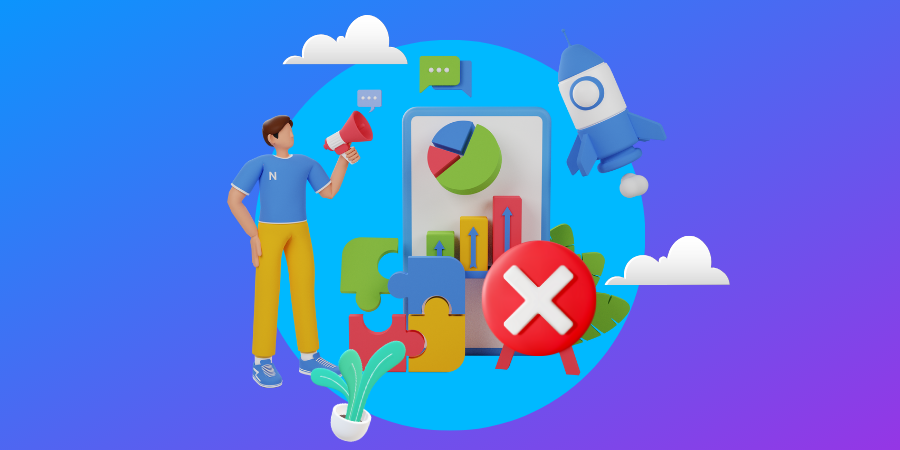
The Shifting Sands of Workforce Planning
The world of work is changing faster than ever before. Globalization, technological advancements, and evolving employee expectations are forcing organizations to rethink their approach to workforce planning. Traditional methods, often reactive and based on historical data, are no longer sufficient. Businesses need a proactive and agile strategy to navigate this complex landscape, one that anticipates future needs and adapts to unforeseen circumstances. This is where streamlined HR processes come into play, offering a modern solution to the challenges of effective workforce planning.
Data-Driven Insights for Strategic Decision-Making
Effective workforce planning hinges on access to accurate and comprehensive data. Streamlined HR systems provide a centralized repository of employee information, enabling HR professionals to gain valuable insights into workforce demographics, skills gaps, and future talent needs. This data-driven approach allows for informed decision-making, moving away from gut feelings and subjective assessments towards objective analysis. By analyzing historical trends and projecting future demands, organizations can proactively address potential talent shortages and optimize their workforce composition.
Automation and Efficiency in HR Processes
Manual HR processes are time-consuming, prone to errors, and often lack the efficiency required in today’s fast-paced business environment. Streamlined HR systems leverage automation to streamline various tasks, from recruitment and onboarding to performance management and compensation. This automation frees up HR professionals to focus on more strategic activities, like workforce planning and talent development. Automating repetitive tasks also minimizes the risk of human error and ensures data accuracy, contributing to a more reliable and efficient workforce planning process.
Predictive Analytics: Forecasting Future Workforce Needs
Streamlined HR systems often incorporate predictive analytics capabilities. These sophisticated tools analyze historical data and external factors, such as industry trends and economic forecasts, to predict future workforce demands. This allows organizations to anticipate potential skill shortages and proactively develop strategies to address them. Whether it’s upskilling existing employees, recruiting new talent, or implementing targeted training programs, predictive analytics provide the foresight needed to stay ahead of the curve.
Talent Acquisition and Retention Strategies
Attracting and retaining top talent is crucial for organizational success. Streamlined HR systems support effective talent acquisition strategies by providing tools to streamline the recruitment process, improve candidate experience, and identify the best candidates for open positions. Furthermore, these systems facilitate performance management and employee engagement initiatives, fostering a positive work environment and reducing employee turnover. By focusing on employee satisfaction and development, organizations can cultivate a loyal and high-performing workforce.
The Role of Technology in Streamlining HR
Technology plays a pivotal role in streamlining HR and optimizing workforce planning. Cloud-based HR systems, HRIS (Human Resource Information Systems), and AI-powered tools are transforming the way organizations manage their human capital. These technologies provide a centralized platform for managing employee data, automating tasks, and providing insights into workforce trends. Choosing the right technology is crucial, as it needs to integrate seamlessly with existing systems and align with the organization’s specific needs and goals.
Continuous Improvement and Adaptability
Workforce planning is not a one-time event but an ongoing process requiring continuous improvement and adaptation. Regularly reviewing workforce data, analyzing performance metrics, and adapting strategies based on changing circumstances are essential. Streamlined HR systems support this iterative approach by providing dashboards and reporting tools that track key metrics and provide real-time insights into workforce trends. This allows organizations to remain agile and responsive to the evolving demands of the business environment.
Building a Future-Ready Workforce
In conclusion, streamlining HR processes is not just about efficiency; it’s about building a future-ready workforce. By leveraging data-driven insights, automation, and predictive analytics, organizations can proactively manage their talent, optimize their workforce composition, and achieve their business objectives. A proactive and agile approach to workforce planning, facilitated by streamlined HR systems, is crucial for navigating the dynamic landscape of the modern workplace and securing long-term success. Click here about hr planning software







